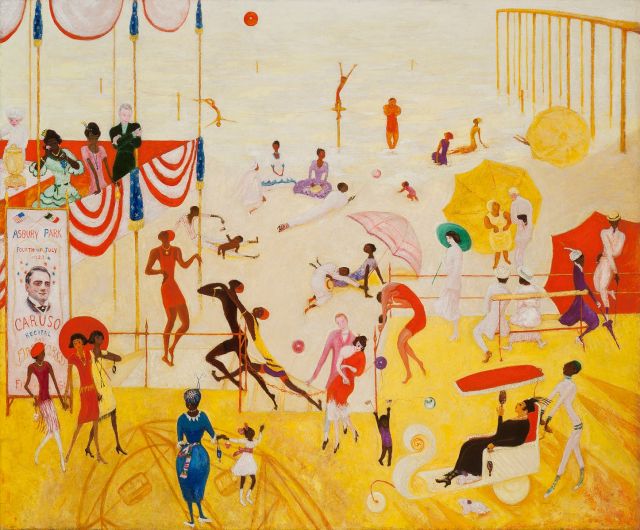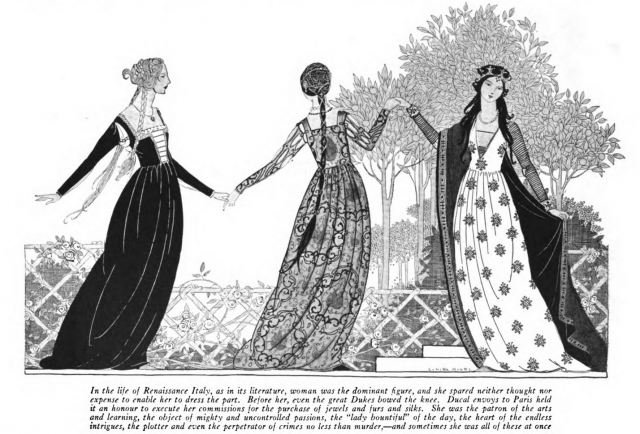#feministfriday episode 372 | Outings and parties
Good morning everyone!
How are you? I hope you are well on this wet and windy morning. Or maybe it's lovely where you are; that was a pretty London centric thing for me to say.
I do have a Fem Fri for you, and it's about the fine and commercial art by women in the 1920s, but first I want to tell you some Alex news. I have been leaning on the 1920s quite heavily recently for Fem Fri and there is a reason for that – I'm working with the amazing Jennifer Nolan to edit a volume of F. Scott Fitzgerald's short stories (1921-1924) for Edinburgh University Press.
We'll focus on the magazine texts, which is super exciting because it's how Fitzgerald's first readers would have encountered his work, and for me personally because I get to spend a lot of time with 1920s magazines and their lovely graphic design.
For those of you who are into Fitzgerald, modernism, and/or the early twentieth century, you better believe I'm going to be doing a newsletter on this:
https://buttondown.email/fitzgerald
You will be a VERY EARLY subscriber, because I've not made a fuss about this on social media yet, so be aware that you won't be getting emails immediately.
For those of you who are thinking, where is this even COMING from, it comes from this project I finished a couple of years ago:
https://vincennes.medium.com/how-i-collected-the-complete-short-stories-of-f-scott-fitzgerald-e98221048fab
Okay but look – I know you don't subscribe for Fem Fri for Fitzgerald news or even for Alex news – why don't we actually look together at that art from the 1920s?
I found the art of Florine Stettheimer almost by accident, because I was looking up Asbury Park (the New Jersey seaside resort) and she had painted a picture of it:

Here's more on her life and work:
Stettheimer’s paintings from 1917 form an unprecedented pictorial category that is part portraiture, part history painting, and part genre painting. Many works, such as La Fête à Duchamp (1917) and Asbury Park South (1920), commemorate outings and parties organized by her family and can be read as biographical. But these real events and their protagonists are described in a style so fantastic in its miniaturization and decorative excess that they take on a theatrical aspect that betrays the critical distance of their author.
https://jwa.org/encyclopedia/article/stettheimer-florine
How about these illustrations by Helen Dryden from a 1922 issue of Vogue, in an article about an imagined golf club by/for/about women? The sheep are part of the plan by the way, they aren't going to have lawnmowers for the grass which should be great for biodiversity. There's also a genuinely good suggestion of using wildflowers rather than sand for… the bit of golf course that is sand rather than grass? I wrote "rough", and I think that's right, but just seeing it written down made me feel like a fraud because the only golf I care about is the golf that is illustrated right here:


I hope you have a lovely Friday. I'm going to leave you with this very 1920s, very Vogue, take on renaissance Italy:

Love,
Alex.